
Elizabeth Barrett Browning was an English poet of the Victorian era, popular in Britain and the United States during her lifetime and frequently anthologised after her death. Her work received renewed attention following the feminist scholarship of the 1970s and 1980s, and greater recognition of women writers in English.
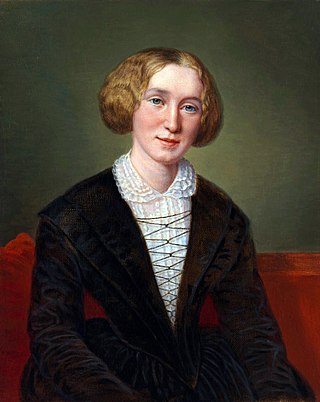
Mary Ann Evans, known by her pen name George Eliot, was an English novelist, poet, journalist, translator, and one of the leading writers of the Victorian era. She wrote seven novels: Adam Bede (1859), The Mill on the Floss (1860), Silas Marner (1861), Romola (1862–1863), Felix Holt, the Radical (1866), Middlemarch (1871–1872) and Daniel Deronda (1876). As with Charles Dickens and Thomas Hardy, she emerged from provincial England; most of her works are set there. Her works are known for their realism, psychological insight, sense of place and detailed depiction of the countryside. Middlemarch was described by the novelist Virginia Woolf as "one of the few English novels written for grown-up people" and by Martin Amis and Julian Barnes as the greatest novel in the English language.

Adeline Virginia Woolf was an English writer. She is considered one of the most important modernist 20th-century authors. She pioneered the use of stream of consciousness as a narrative device.
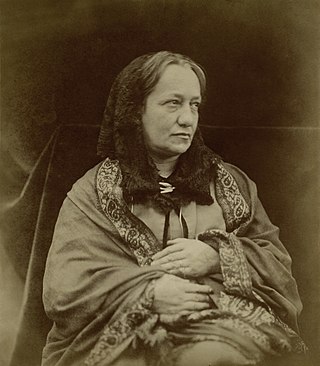
Julia Margaret Cameron was a British photographer who is considered one of the most important portraitists of the 19th century. She is known for her soft-focus close-ups of famous Victorians and for illustrative images depicting characters from mythology, Christianity, and literature.
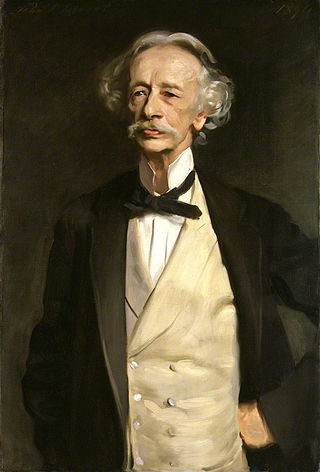
Coventry Kersey Dighton Patmore was an English poet and literary critic. He is best known for his book of poetry The Angel in the House, a narrative poem about the Victorian ideal of a happy marriage.

Victoria Mary, Lady Nicolson, CH, usually known as Vita Sackville-West, was an English author and garden designer.
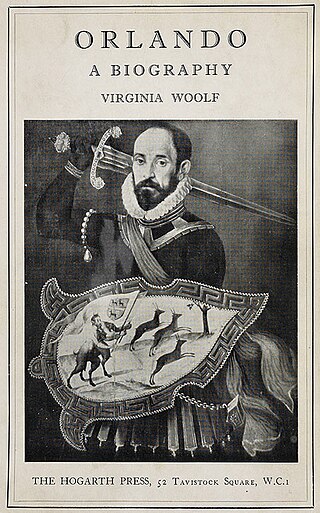
Orlando: A Biography is a novel by Virginia Woolf, first published on 11 October 1928. Inspired by the tumultuous family history of the aristocratic poet and novelist Vita Sackville-West, Woolf's lover and close friend, it is arguably one of her most popular novels; Orlando is a history of English literature in satiric form. The book describes the adventures of a poet who changes sex from man to woman and lives for centuries, meeting the key figures of English literary history. Considered a feminist classic, the book has been written about extensively by scholars of women's writing and gender and transgender studies.
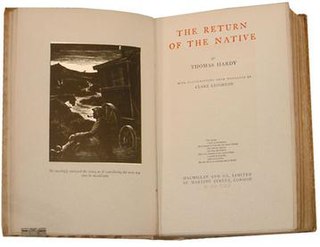
The Return of the Native is Thomas Hardy's sixth published novel. It first appeared in the magazine Belgravia, a publication known for its sensationalism, and was presented in twelve monthly installments from 9 January to 19 December 1878. Because of the novel's controversial themes, Hardy had some difficulty finding a publisher; reviews, however, though somewhat mixed, were generally positive. In the twentieth century, The Return of the Native became one of Hardy's most popular and highly regarded novels.

Alice Christiana Gertrude Meynell was a British writer, editor, critic, and suffragist, now remembered mainly as a poet. She was considered for the position of Poet Laureate of the United Kingdom twice, first in 1892 on the death of Alfred, Lord Tennyson, and later in 1913 on the death of Alfred Austin, but was never appointed to the position.

Many have seen the status of women in the Victorian era as an illustration of the striking discrepancy between the United Kingdom's national power and wealth and what many, then and now, consider its appalling social conditions. During this era, whose sobriquet refers to the reign of a female monarch, Queen Victoria, women did not have the right to vote, sue, or if married, own property. At the same time, women labored within the paid workforce in increasing numbers following the Industrial Revolution. Feminist ideas spread among the educated middle classes, discriminatory laws were repealed, and the women's suffrage movement gained momentum in the last years of the Victorian era.
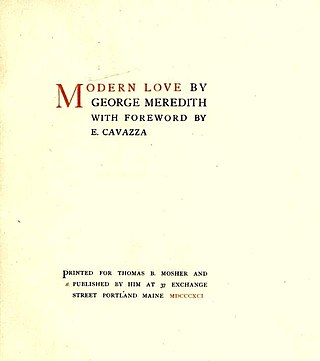
Modern Love by George Meredith is a sequence of fifty 16-line sonnets about the failure of a marriage, an episodic verse narrative that has been described as "a novella in verse". Earlier working titles for the sequence were "The Love-Match" and then "The Tragedy of Modern Love". It first appeared in 1862 as part of the volume Modern Love and Poems of the English Roadside, published by Chapman & Hall, and then thirty years later, with slight modifications, from Macmillan.
Nationality words link to articles with information on the nation's poetry or literature.

Jane Baillie Carlyle was a Scottish writer and the wife of Thomas Carlyle.
Ideal womanhood, perfect womanhood, perfect woman and ideal woman are terms or labels to apply to subjective statements or thoughts on idealised female traits.
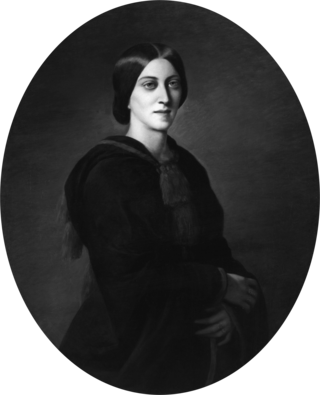
Adelaide Anne Procter was an English poet and philanthropist.

Eliza Orme was the first woman to earn a law degree in England, from University College London in 1888.
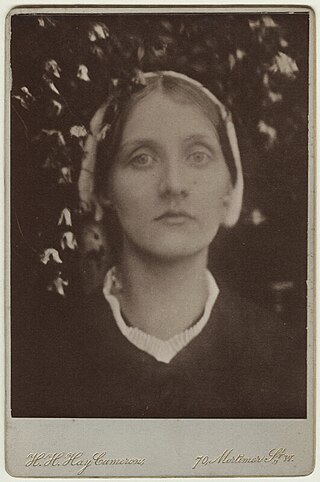
Julia Prinsep Stephen was an English Pre-Raphaelite model and philanthropist. She was the wife of the biographer Leslie Stephen and mother of Virginia Woolf and Vanessa Bell, members of the Bloomsbury Group.
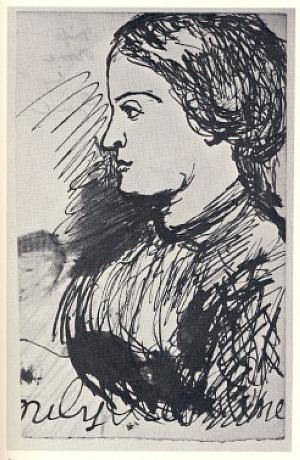
Emily Rosaline Orme (1835–1915) was a leader of the Edinburgh National Society for Women's Suffrage. She was a noted campaigner for women's suffrage in Scotland.

Emily Augusta Patmore was a British author, Pre-Raphaelite muse and the inspiration for the 1854-1862 poem The Angel in the House.
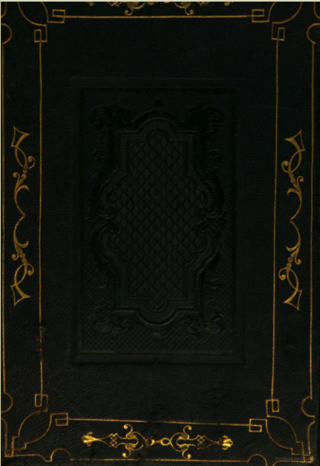
El ángel del hogar was a two-volume conduct book by María del Pilar Sinués de Marco, published in Madrid, Spain, in 1857. The title of this novel has been used to define the ideal of women in the 19th century. The book's success was enormous and it was reprinted for at least thirty years, the last edition being published in 1881. Like Coventry Patmore's narrative poem, The Angel in the House (1854), El ángel del hogar was a bestseller. The two works came to symbolize the Victorian feminine ideal.



















